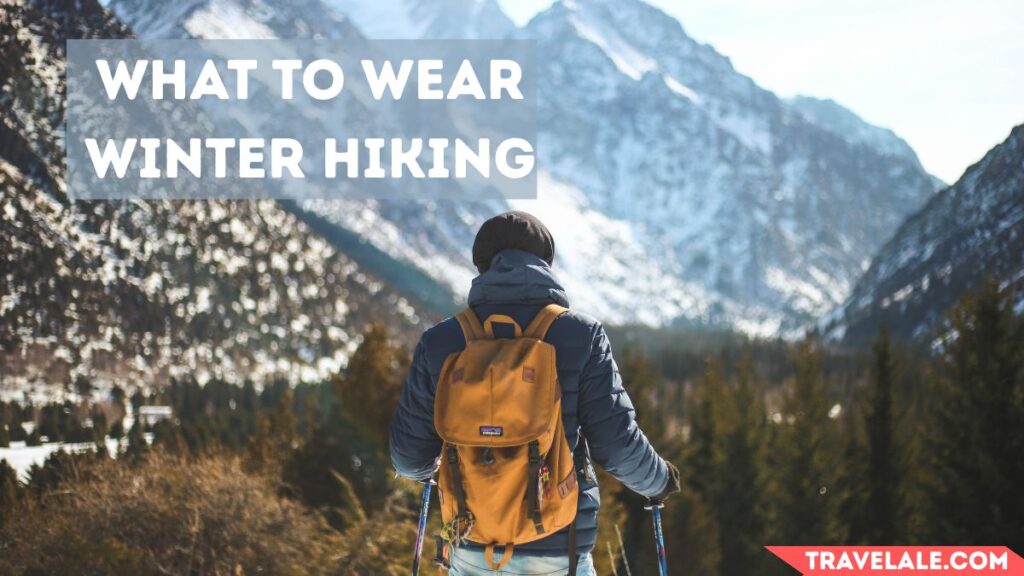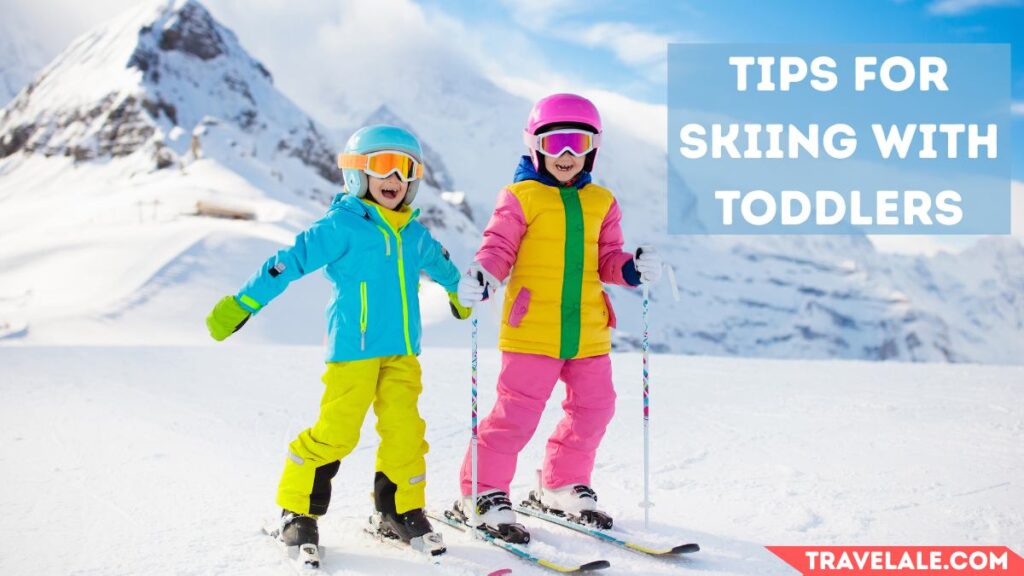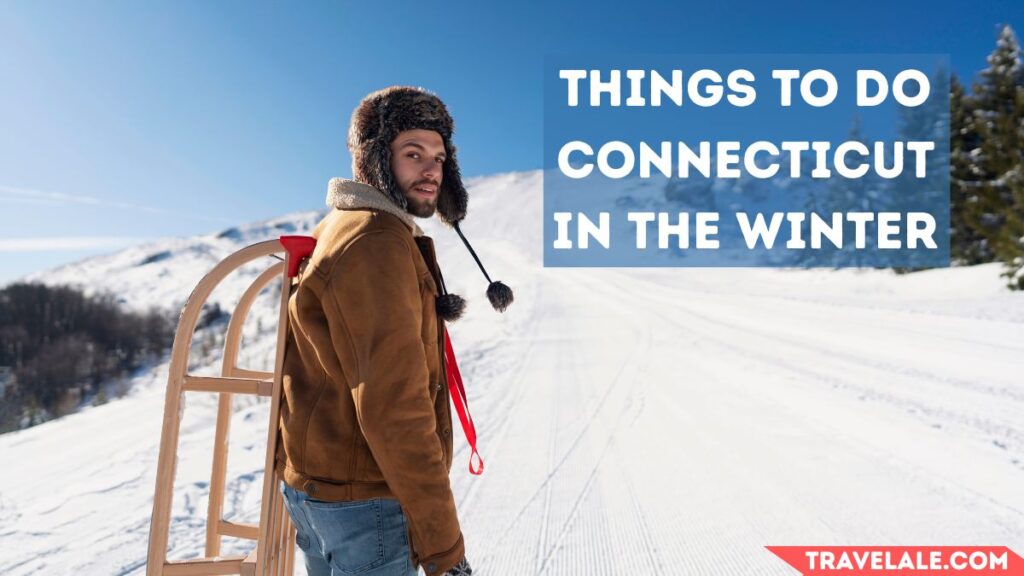Dress Smart: Unbeatable Winter Hiking Layers
When I first moved to Salt Lake City over 10 years ago, I had no idea how to properly wear for winter hiking. My first few times on a snowy hike, I made the mistake of bundling up in ski clothes—only to end up a hot, sweaty mess.
Utah winters taught me the hard way that staying warm doesn’t mean overheating. After a decade of trial and error, I’ve finally dialed in my layering system, and now I know exactly which winter hiking clothes work best.
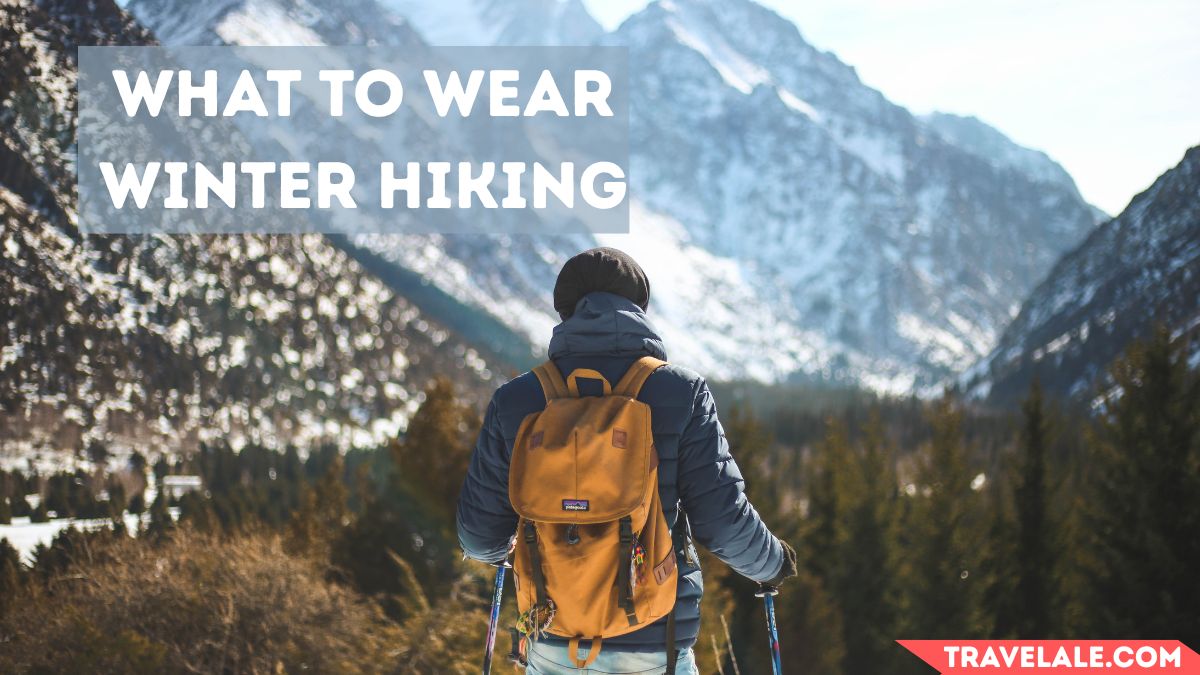
Smart Layering for Changing Conditions
The key is balancing warmth with breathability—staying not too hot while being prepared if the weather takes a sudden turn for the worst. My favorite winter hiking clothes and layering tips ensure I stay comfortable, no matter how harsh the trail gets.
Why You Need Layering for Winter Hiking
1. The Fundamental Challenge of Winter Hiking
Winter hiking presents a unique challenge – the need to explore while staying comfortably warm and safely protected. Having the right winter hiking clothing is only half the battle; you must learn the art of layering to truly master cold-weather adventures.
2. Why Layers Beat Single Jackets Every Time
Layers are essential because that one warm insulated jacket that feels perfect when you’re not moving becomes a liability once you start exerting yourself. Your body will warm up, leading to sweating – which ironically makes you colder as moisture accumulates.
3. The Sweat Management System
Sweat leads to wet clothes, and when combined with cold air, will chill you quickly. The solution? Wear several layers you can bundle up when needed and easily take off when too warm. Yes, it’s annoying to stop and adjust layers, and it takes time to figure out which layers work best for you. But preventing that wet base layer is the key to winter safety.
4. Smart Temperature Regulation Strategies
Unlike other seasons where you might start hiking cold knowing you’ll warm up when moving, winter requires a different approach. At -10F, you’ll want to keep all your warmth from the start – it’s easier to take off a layer when you’re cozy than to put on more when you’re already cold. This prevents expending extra energy on warming back up and risking cold fingers and toes.
The Importance of Layering for Winter Hiking
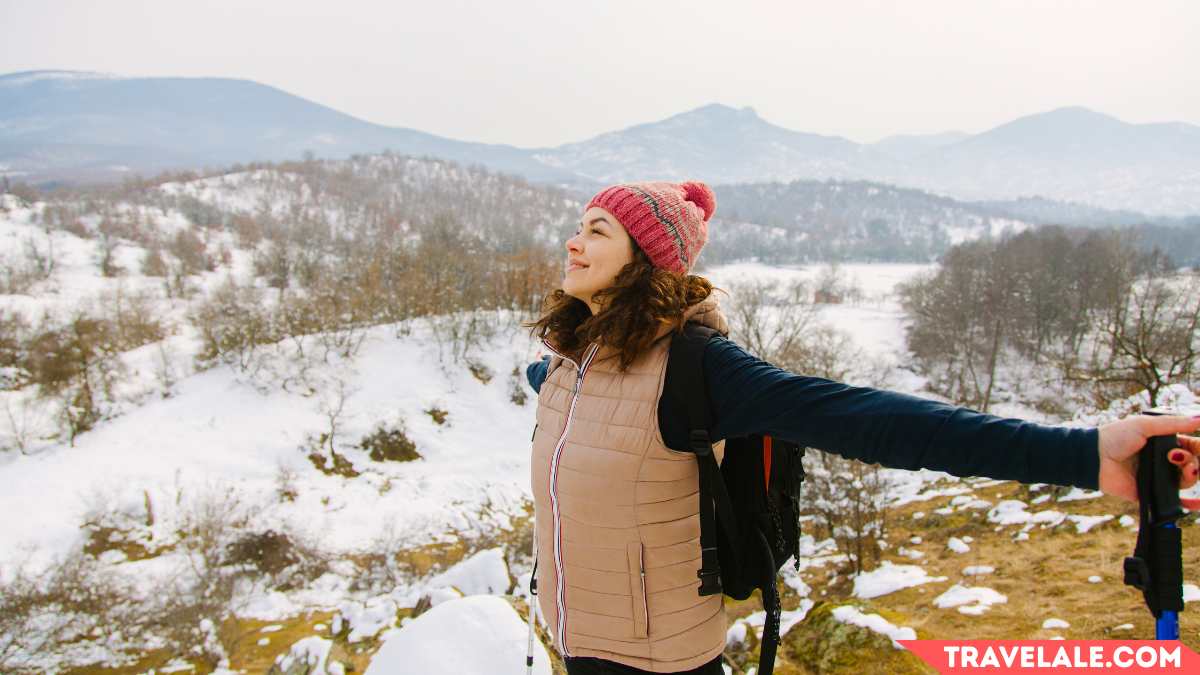
1. The Layering System Essentials
- Base Layer: Moisture-wicking (synthetic/wool) to keep skin dry
- Mid Layer: Insulating fleece for warmth retention
- Outer Shell: Waterproof/windproof protection from elements
- Adjustability: Add/remove layers based on activity level and weather
2. Upper Body Layering Strategy
- Base: Merino wool or synthetic shirt (never cotton)
- Insulation: Down/synthetic puffy jacket for core warmth
- Protection: Packable waterproof shell for sudden storms
3. Key Gear Recommendations
- Base Layers: Icebreaker merino wool (odor-resistant) or REI synthetic options
- Mid Layer: FarPointe Alpha Cruiser (lightweight warmth)
- Outerwear: Patagonia Nano Puff (synthetic) or OR Helium Down (800-fill)
- Shell: Arc’teryx Beta SL (3L Gore-Tex) for maximum protection
4. Critical Mistakes to Avoid
- Cotton fabrics (retains moisture, causes hypothermia risk)
- Overdressing (leads to sweat accumulation)
- Skipping wind/rain protection (exposes to dangerous chill)
5. Smart Packing Tips
- Always carry extra insulating layer in backpack
- Choose compressible gear (down jackets, thin fleeces)
- Prioritize ventilation features (pit zips, adjustable hoods)
Winter Hiking: Lower Body Protection
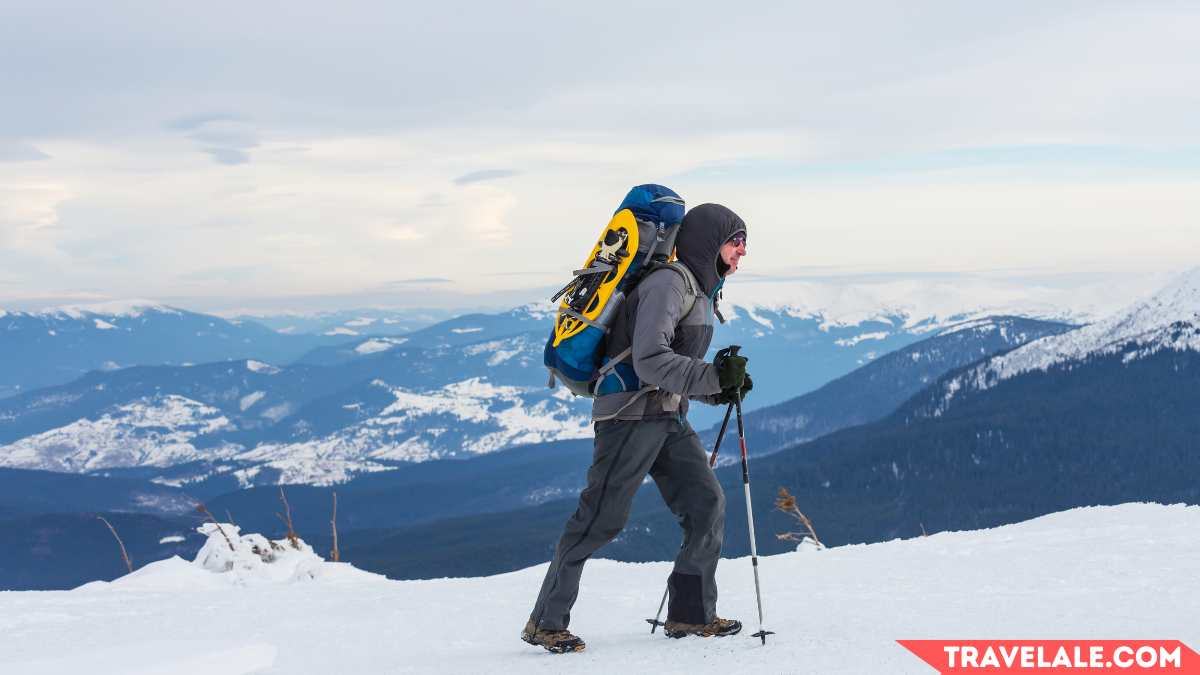
1. Base Layer Essentials
- Next-to-skin comfort with merino wool or synthetic fabric that wicks sweat
- Avoid cotton – stays wet and loses insulation
- Icebreaker 200 Oasis Thermal Leggings retain shape, stay soft, and require minimal washing
2. Hiking Pants: Versatility Matters
For winter hikes, I choose between fleece-lined pants (like Craft Adv Nordic Training Pants) for warmth or REI Activator Pants for layering flexibility. The Craft pants have a slimmer cut and narrow cuffs (tuck into boots), while REI’s option offers stretchy waistbands, water-resistant fabric, and extra pockets for essentials.
3. Weatherproof Shell Pants
On sunny days, I skip these, but for rain or snow, REI Rainier Rain Pants (budget-friendly) or Arc’teryx Sentinel Pants (3-layer Gortex, thigh vents) keep legs dry. The latter doubles as ski gear.
4. Must-Have Winter Accessories
- Polar Buff Neckwarmer: Blocks wind and cold air with cozy fleece
- The North Face Etip Gloves: Fleece-lined, touchscreen-friendly for uphill/downhill transitions
- Columbia Bundle Up Beanie: Traps heat escaping from your head
- Sunski Treeline Sunglasses: Polarized lenses with side shields reduce snow glare
5. Footwear for Snow & Ice
Cold toes ruin hikes—Oboz Bridger Insulated Boots (9″ cuff blocks snow) paired with Darn Tough Mountaineering Socks (thick wool) are my go-to. For icy trails, Kahtoola MICROspikes grip securely, while MSR Evo Snowshoes prevent post-holing in deep snow.
